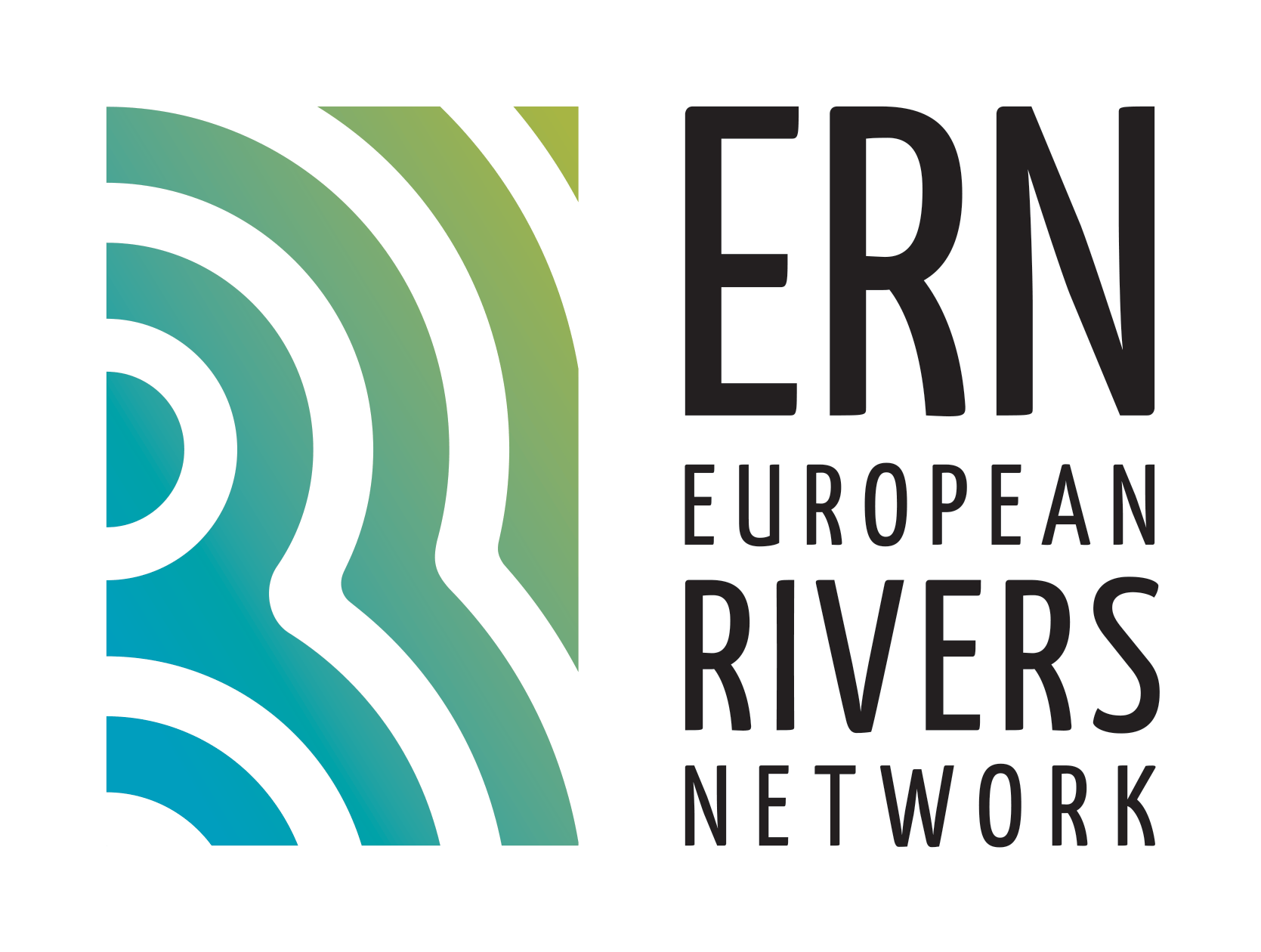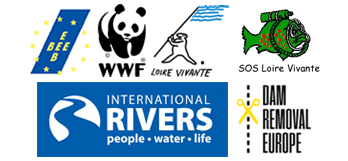A Civil Society Manifesto for the Support of Real Climate Solutions
Large hydropower projects are often propagated as a “clean and green” source of electricity by international financial institutions, national governments and other actors. They greatly benefit from instruments meant to address climate change, including carbon credits under the Clean Development Mechanism (CDM), credits from the World Bank’s Climate Investment Funds, and special financial terms from export credit agencies and green bonds. The dam industry advocates for large hydropower projects to be funded by the Green Climate Fund, and many governments boost dams as a response to climate change through national initiatives. For example, at least twelve governments with major hydropower sectors have included an expansion of hydropower generation in their reports on Intended Nationally Determined Contributions (INDCs).
Support from climate initiatives is one of the reasons why more than 3,700 hydropower dams are currently under construction and in the pipeline. Yet large hydropower projects are a false solution to climate change. They should be kept out from national and international climate initiatives for the following reasons:
1. Particularly in tropical regions, hydropower reservoirs emit significant amounts of greenhouse gases….
2. Rivers take about 200 million tons of carbon out of the atmosphere every year…
3. Hydropower dams make water and energy systems more vulnerable to climate change….
4. In contrast to most wind, solar and micro-hydropower projects, dams cause severe and often irreversible damage to critical ecosystems…
5. Large hydropower projects have serious impacts on local communities and often violate the rights of indigenous people…
6. Large hydropower projects are not always an effective tool to expand energy access for poor people…
7. large hydropower projects would be a costly and time-consuming way to address the climate crisis…
8. Unlike wind and solar power, hydropower is no longer an innovative technology…
9. Wind and solar power have become readily available and financially competitive, and have overtaken large hydropower in the addition of new capacity.
10.Hydropower projects currently make up 26% of all projects registered with the CDM, and absorb significant support from other climate initiatives.
For these reasons, 500 organizations from 85 countries call on governments, financiers and other institutions to keep large hydropower projects out of their initiatives to address climate change. All climate and energy solutions need to respect the rights and livelihoods of local communities.
more information on International Rivers Website





 ERN France
ERN France ERN is the official WWF Freshwater Partner in France and cooperates with WWF Switzerland, Austria, Netherlands and others
ERN is the official WWF Freshwater Partner in France and cooperates with WWF Switzerland, Austria, Netherlands and others